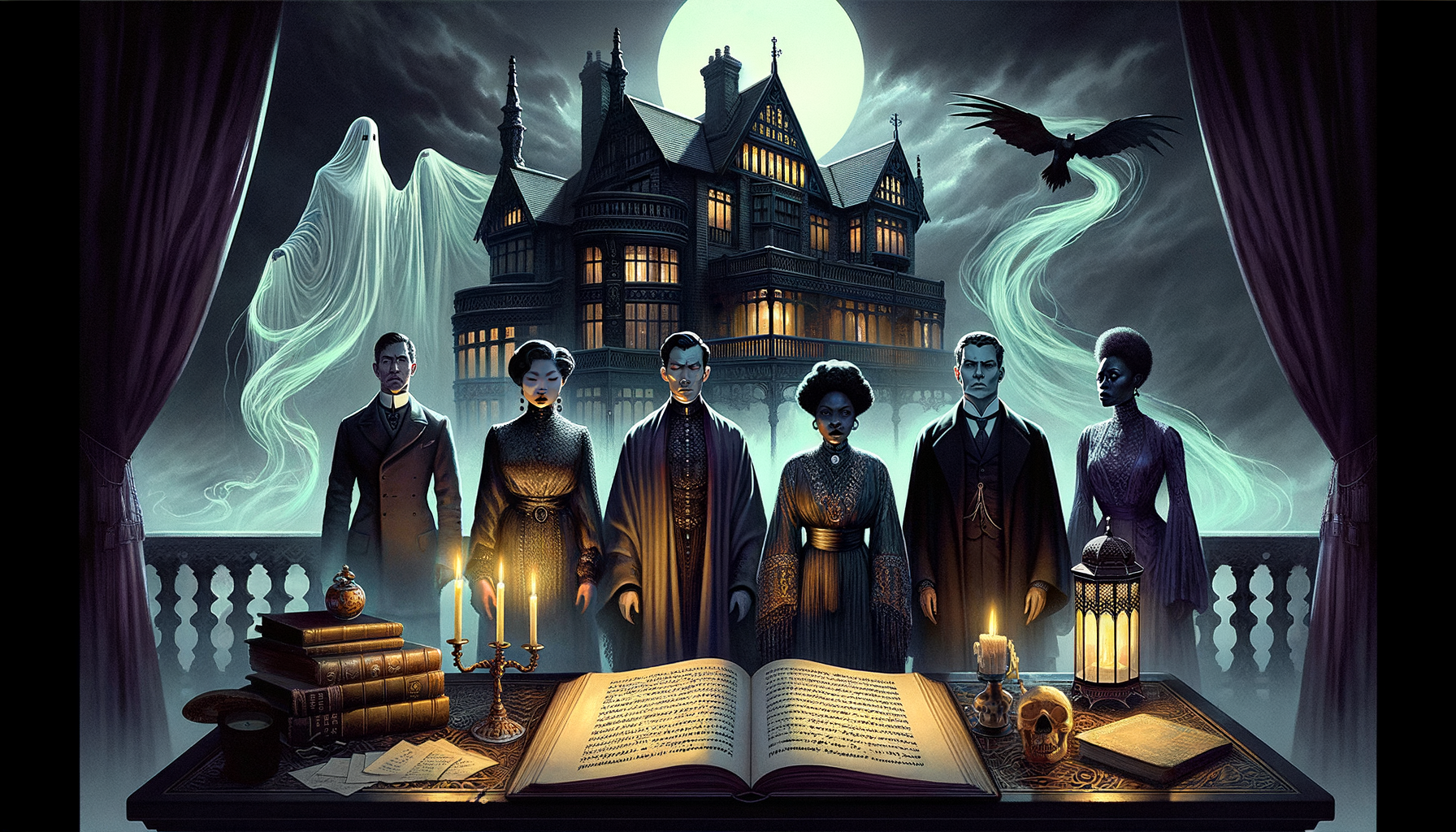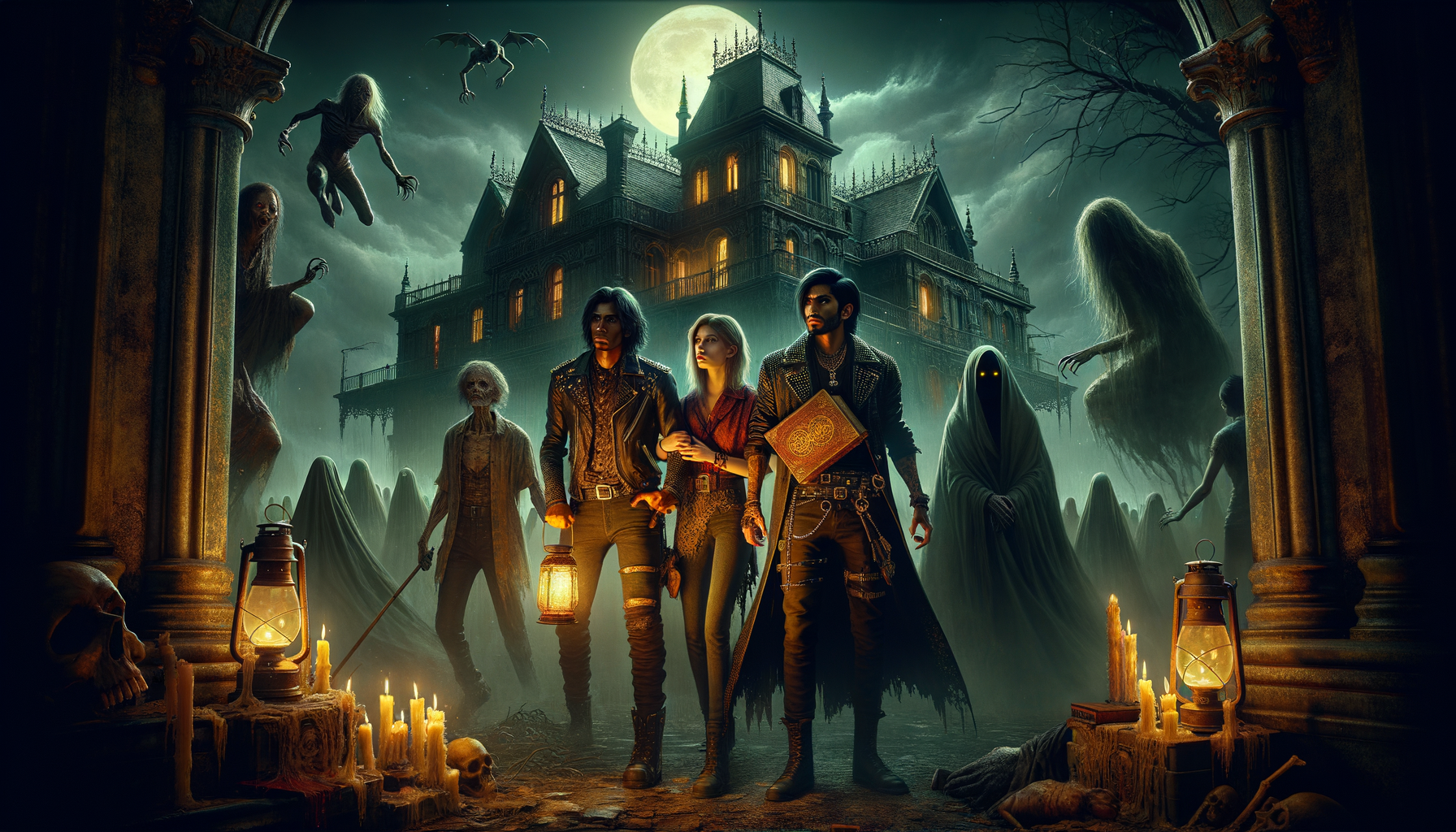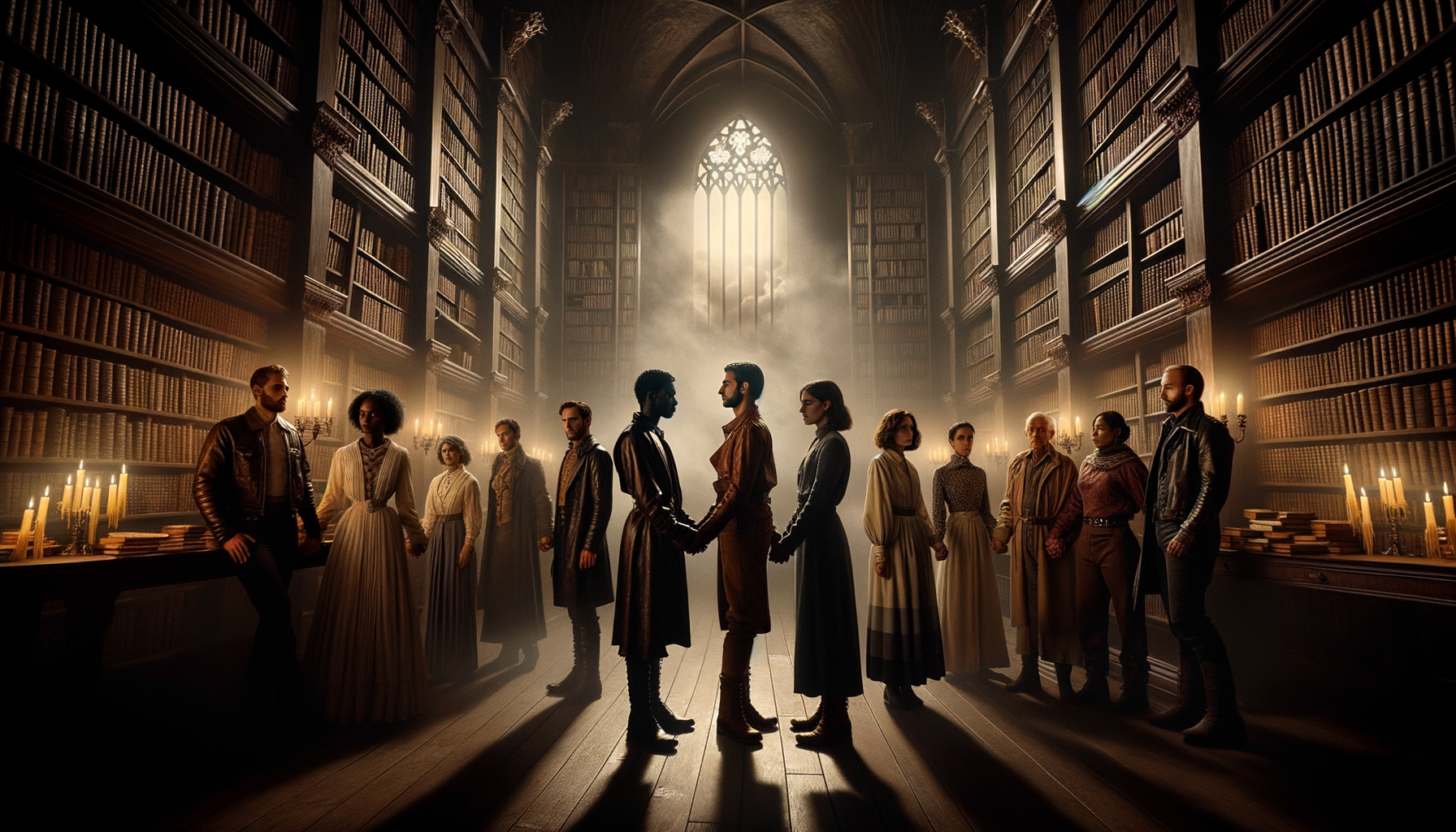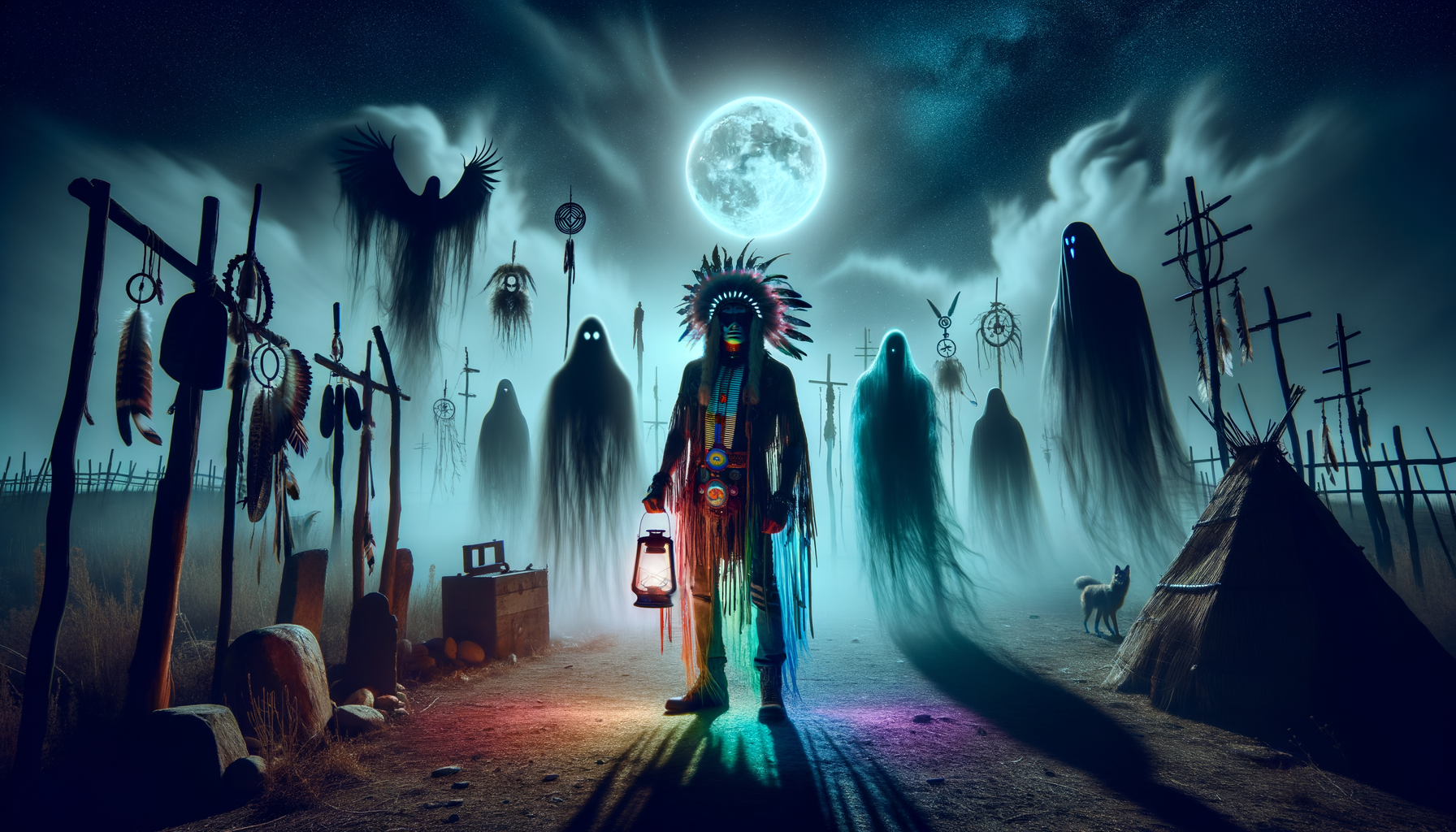Did you know that Tananarive Due is a significant voice in contemporary horror, blending elements of LGBT influences into her gripping narratives? Welcome to a fascinating exploration of how Due masterfully integrates diverse characters and themes into her work. We’ll uncover the profound impact of her storytelling on the horror genre and on representing LGBT voices. Being a Bram Stoker Award winner isn’t just a feat; it’s a testament to her skill in pushing boundaries! Join me as we explore her unique blend of horror and diversity.
Tananarive Due: A Pioneering Voice in Horror
Overview of Tananarive Due’s Career
Tananarive Due has established a remarkable career in the horror genre. With a multitude of novels, short stories, and essays, she has carved a niche for herself, bringing fresh perspectives to a field traditionally dominated by other voices. Her works often blend supernatural elements with deeply human themes, creating narratives that are both eerie and thought-provoking.
Her Contributions to the Horror Genre
Due’s contributions to horror are significant. She has expanded the genre by weaving in elements of African American history and culture, offering readers a unique lens through which to experience fear and suspense. Her ability to intertwine horror with social commentary has made her a standout figure, influencing both readers and aspiring writers.
Awards and Recognitions
Her talent has not gone unnoticed. Due has received numerous awards and nominations, including the American Book Award and the NAACP Image Award. These accolades highlight her skill and the impact of her work on both the horror genre and literature as a whole.
Representation of LGBT Characters in Her Works
Key Novels and Short Stories Featuring LGBT Characters
Several of Due’s works prominently feature LGBT characters. Stories such as “Ghost Summer” and novels like “The Good House” include characters whose sexual orientations are integral to the plot. These characters are not mere tokens but are deeply woven into the fabric of the narratives.
Analysis of LGBT Representation and Themes
In her stories, LGBT characters are portrayed with depth and complexity. They face not only the supernatural elements typical of horror but also navigate the challenges of their identities in a world that often misunderstands or marginalizes them. This dual layer of conflict enriches the storytelling, offering readers a multifaceted exploration of fear and acceptance.
Impact of LGBT Characters on Plot and Story Development
The inclusion of LGBT characters significantly impacts the plot and story development in Due’s works. Their experiences and struggles often drive the narrative, adding layers of tension and empathy. This representation ensures that the stories are not just about horror but also about human resilience and connection.
The Intersection of Horror and LGBT Themes
Exploring Fear, Identity, and Otherness
Horror as a genre naturally lends itself to exploring themes of fear, identity, and otherness. Due skillfully uses these elements to highlight the unique experiences of LGBT characters. The fear of the unknown and the struggle for acceptance are common threads that run through her works, making them relatable on multiple levels.
How Horror Amplifies LGBT Experiences
The horror genre amplifies the experiences of LGBT characters by placing them in situations where their identities are both a source of strength and vulnerability. This amplification creates a compelling narrative tension, drawing readers into the characters’ emotional and psychological landscapes.
Comparing Due’s Approach to Other Authors
Compared to other authors in the genre, Due’s approach stands out for its authenticity and sensitivity. While some writers may use LGBT characters as plot devices, Due ensures that they are fully realized individuals whose stories are worth telling. This approach sets her apart and adds a richness to her narratives that is often lacking in mainstream horror.
Breaking Boundaries: Diversity and Inclusion
The Role of Ethnicity and Sexual Orientation in Her Stories
Ethnicity and sexual orientation play crucial roles in Due’s stories. Her characters often grapple with issues related to their cultural backgrounds and identities, adding depth and realism to the horror elements. This focus on diversity and inclusion enriches her storytelling and broadens the appeal of her works.
Combining Cultural Heritage with LGBT Narratives
Due masterfully combines cultural heritage with LGBT narratives, creating stories that are both unique and universal. This blend allows her to explore complex themes such as tradition, identity, and acceptance in ways that resonate deeply with readers from all walks of life.
How Her Characters Resonate with Readers
Her characters resonate with readers because they are authentic and relatable. Whether facing supernatural horrors or personal demons, they embody the struggles and triumphs of real people. This authenticity makes her stories compelling and memorable.
Fan Reactions and Critical Acclaim
Reader Responses to LGBT Themes in Her Horror Stories
Readers have responded positively to the LGBT themes in Due’s horror stories. Many appreciate the representation and the nuanced way in which these characters are portrayed. The inclusion of diverse voices has broadened the appeal of her works and garnered a loyal fan base.
Critical Reviews and Scholarly Analysis
Critical reviews and scholarly analysis of Due’s work often highlight her innovative approach to horror and her skillful representation of LGBT characters. Scholars praise her for pushing the boundaries of the genre and for her contributions to literature and social commentary.
How Due’s Work Has Evolved Over Time
Over time, Due’s work has evolved to include a broader range of voices and experiences. She continues to challenge herself and her readers, exploring new themes and expanding the scope of her storytelling. This evolution keeps her work fresh and relevant.
Future of LGBT Representation in Horror
Predictions for LGBT Trends in Upcoming Horror Literature
Looking ahead, it is likely that LGBT representation in horror will continue to grow. As more writers follow in Due’s footsteps, the genre will become even more diverse and inclusive. This trend promises to bring new perspectives and stories to the forefront.
Tananarive Due’s Influence on New Writers
Due’s influence on new writers is undeniable. Her groundbreaking work has paved the way for others to explore similar themes and to bring their unique voices to the genre. Her legacy will undoubtedly inspire future generations of horror writers.
Encouraging Diversity in the Horror Genre
Encouraging diversity in the horror genre is essential for its continued growth and relevance. Due’s work serves as a powerful example of how inclusive storytelling can enrich the genre and resonate with a wide audience. By championing diverse voices, the horror community can ensure that its stories remain compelling and impactful.
Conclusion
Tananarive Due has undeniably paved a new path in horror literature by intricately weaving LGBT influences into her stories. Her characters not only captivate but also resonate deeply with a diverse audience. As horror continues to evolve, so will the rich tapestry of voices and identities within it, thanks to trailblazers like Due. What’s your favorite Due story that pushes the boundaries? Share your thoughts and join the conversation on the future of horror!




